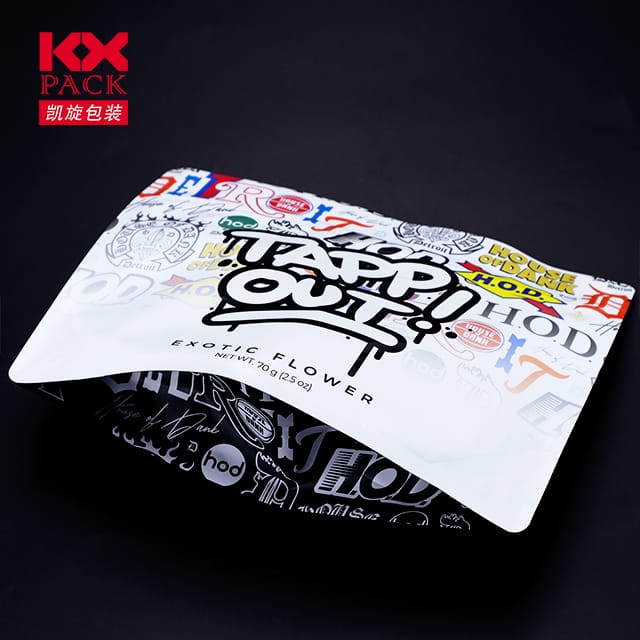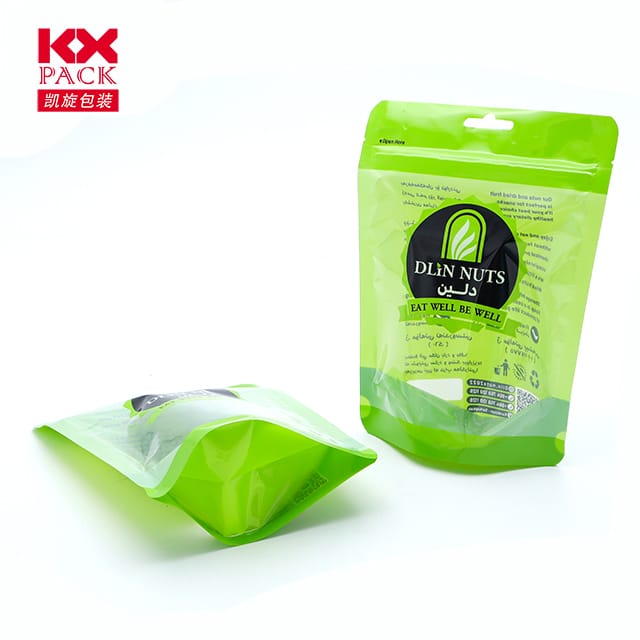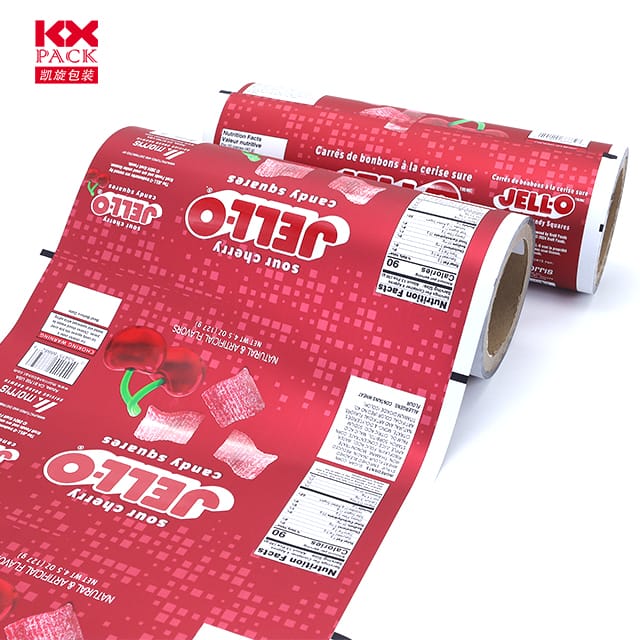Film d'emballage alimentaire: Innovations stimulant la durabilité et la fraîcheur (6)
Film d'emballage alimentaire
Dans le monde au rythme rapide d'aujourd'hui, Le film d'emballage alimentaire est plus qu'une simple couche protectrice - c'est une composante critique de la sécurité alimentaire, durabilité, et la commodité des consommateurs. De l'extension de la durée de conservation à la réduction des déchets, Les progrès de la technologie des films d'emballage sont de remodeler la façon dont nous stockons, transport, et profiter de la nourriture. Explorons les dernières tendances, défis, and breakthroughs in this essential industry.
The Role of Food Packaging Film
Food packaging film serves multiple purposes:
- Préservation: Protects food from oxygen, humidité, and contaminants to maintain freshness.
- Commodité: Enables easy handling, portioning, and on-the-go consumption.
- Sécurité: Acts as a barrier against bacteria and physical damage.
- Durabilité: Modern films aim to minimize environmental impact through recyclable or biodegradable materials.
Cutting-Edge Innovations
- Films biodégradables et compostables
Traditional plastic films, while effective, contribute to global pollution. Enter eco-friendly alternatives made from plant-based materials like polylactic acid (PLA), amidon, ou cellulose. These films break down naturally, reducing landfill waste. Par exemple, companies like TIPA and BioPak are leading the charge with compostable packaging for snacks, fresh produce, and even coffee pods. - Emballage actif et intelligent
Beyond passive protection, “smart” films now interact with food to enhance safety and quality:- Oxygen Scavengers: Films embedded with substances that absorb oxygen to prevent spoilage (common in meat and cheese packaging).
- Time-Temperature Indicators (TTIs): Labels that change color if food has been exposed to unsafe temperatures, assurer la fraîcheur.
- Revêtements antimicrobiens: Films infused with natural agents like essential oils to inhibit bacterial growth.
- Emballage comestible
Imagine eating your wrapper instead of throwing it away! Edible films made from ingredients like seaweed, rice starch, or fruit purees are gaining traction. Brands like Notpla (seaweed-based sachets) and WikiCells (edible casings for yogurt or juices) are pioneering this space, offering a zero-waste solution. - Nanotechnology in Packaging
Nanoparticles are being used to create ultra-thin, high-barrier films that outperform traditional plastics. Par exemple, silver nanoparticles provide antimicrobial properties, while clay nanocomposites enhance strength and gas resistance.
Défis de durabilité
Despite progress, the industry faces hurdles:
- Coût: Biodegradable materials are often more expensive than conventional plastics.
- Performance: Some eco-friendly films struggle with durability or moisture resistance.
- Recyclage des infrastructures: Compostable films require industrial facilities, which are not yet widely available.
- Comportement des consommateurs: Confusion over labeling (Par exemple, “biodegradable” vs. “compostable”) can lead to improper disposal.
The Future of Food Packaging Film
The shift toward circular economy principles is driving innovation. Les tendances clés incluent:
- Monomaterial Films: Designed for easier recycling by using a single type of plastic.
- Water-Soluble Films: Ideal for single-use sachets, dissolving harmlessly in water.
- AI-Driven Design: Machine learning optimizes film thickness, material use, and functionality to reduce waste.
Consumer Tips for Eco-Friendly Choices
- Look for certifications like “OK Compost” or “Biodegradable Products Institute (BPI).”
- Prioritize reusable containers over single-use films when possible.
- Support brands committed to sustainable packaging.
Conclusion
Food packaging film is evolving from a disposable necessity to a high-tech, sustainable solution. As consumer demand for eco-friendly options grows, the industry is rising to the challenge with innovations that prioritize both planet and product. By embracing these advancements, we can enjoy fresher food, réduire les déchets, and take a step closer to a greener future.
What’s your take on sustainable packaging? Share your thoughts or favorite eco-friendly brands in the comments!







